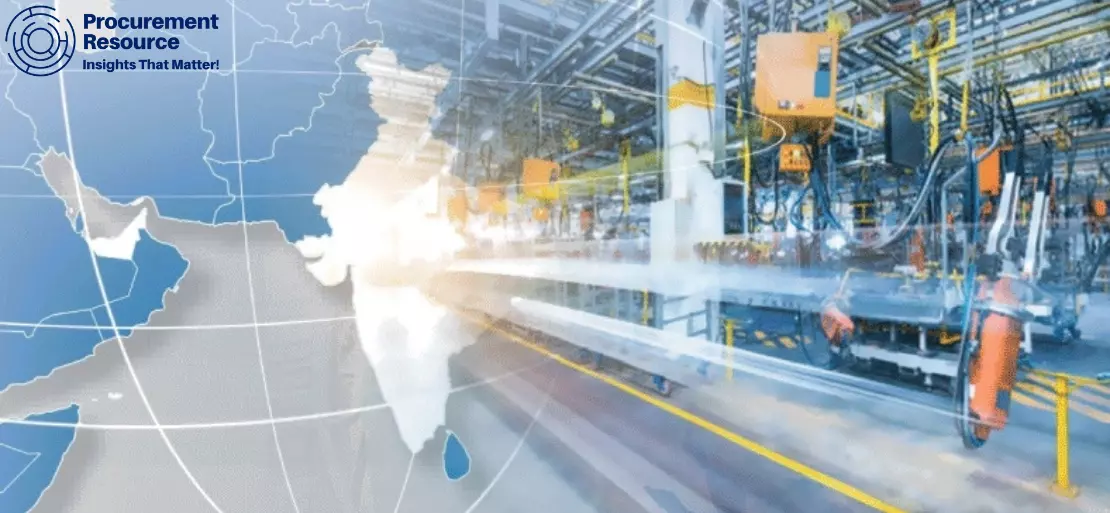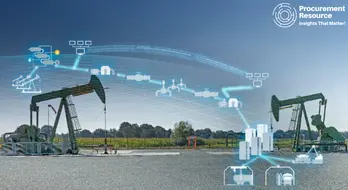Need to Bolster the Manufacturing Sector in India

The manufacturing sector of India has a potential to grow at a remarkable rate in the coming years. The manufacturing sector of a country significantly contributes towards its GDP, which, in turn, contributes to the country’s economy. The growing industrialisation and the expanding production capacities across the manufacturing sector are driving India’s economic growth. Not only India, manufacturing has always been the backbone of all developed and developing nations. Manufacturing is where the real R&D starts, new technologies are born, where scientists and engineers and others are challenged to develop new and better processes, products, and technologies. The key to development in the 21st century is technology. The advancements in the field of manufacturing and the rise in production units motivate the masses to adopt enhanced technology. The time and money are thereby saved, and output is enhanced. Therefore, manufacturing is of grave importance in order to bolster development, especially in India, where the economy is in the struggling phase.
In the last decade, India has emerged as one of the fastest-growing economies of the world and is on the road to becoming self-reliant. However, there is a need to understand that innovation and growth in the field of technology and infrastructure are becoming more important for any country as the days pass. With the gradual lifting of COVID-19 induced restrictions, the economy is in the revival mode. The Indian government understands the need to invest, buttress, and uplift the sectors, which include manufacturing, textile, automobile, and construction and building, among others. The government has decided to make major investments with respect to the manufacturing industry and is taking the necessary steps in order to support the sector financially. In November 2020, the Indian cabinet approved the provision of production-linked incentives of nearly INR 2 trillion (USD 27 billion) over five years in order to create jobs and bolster the country’s manufacturing sector. The next five years are crucial for India, and the nation’s struggling economy requires support to revive so that the coming generation is prevented from unemployment, poverty, poor living standard and is motivated towards achieving the developmental goals.
According to the Finance Minister of India, Mrs. Nirmala Sitharaman, the government is taking the necessary steps to attract investment. Ten sectors of India, which include automobile and auto parts, pharmaceuticals, textiles, and food products, will be given healthy incentives. The scheme has been prepared to ensure that critical sunrise sectors get the much-needed attention and financial support from the government so that the country is strong enough to serve the domestic demand and cope-up with the global value chain. The opportunity of investing in the field of manufacturing in India is anticipated to be fruitful in the long run.
Under the proposal, the government will provide incentives worth USD 7.67 billion to auto and auto parts companies and USD 2 billion to the pharmaceutical sector. Each manufacturer of textile and food products is likely to get around USD 1.48 billion. The year 2020 has proven to be cumbersome for almost every sector, with the automobile industry being no exception. And COVID-19 further degraded the industry with supply-chain disruption coupled with a decline in demand. Therefore, India’s incentive scheme for the auto sector is aimed at doubling exports of vehicles and components in the years to come. The incentives will bolster the investments and provide an opportunity for economic growth at a significant pace, as earlier the investments were deterred by the lack of incentives, issues in procuring land, and antique labour policies.

